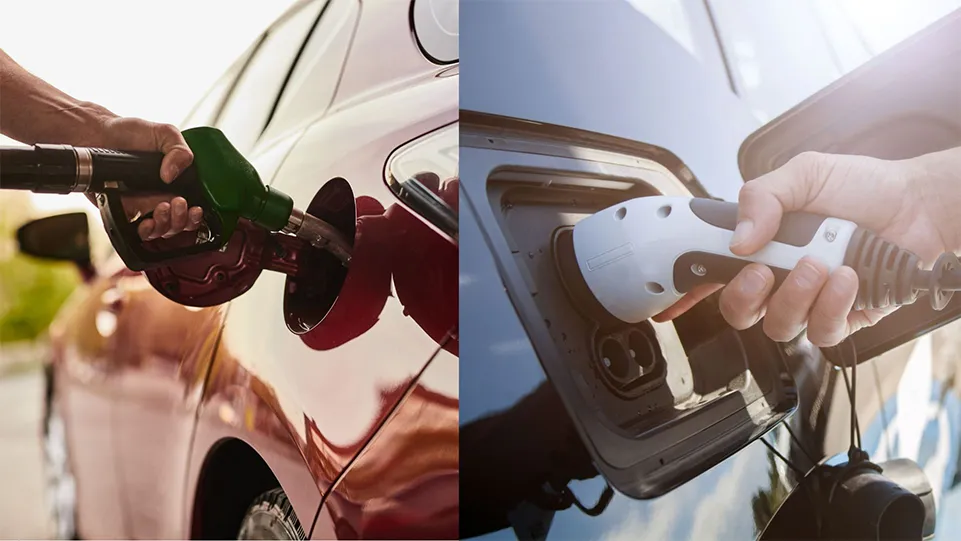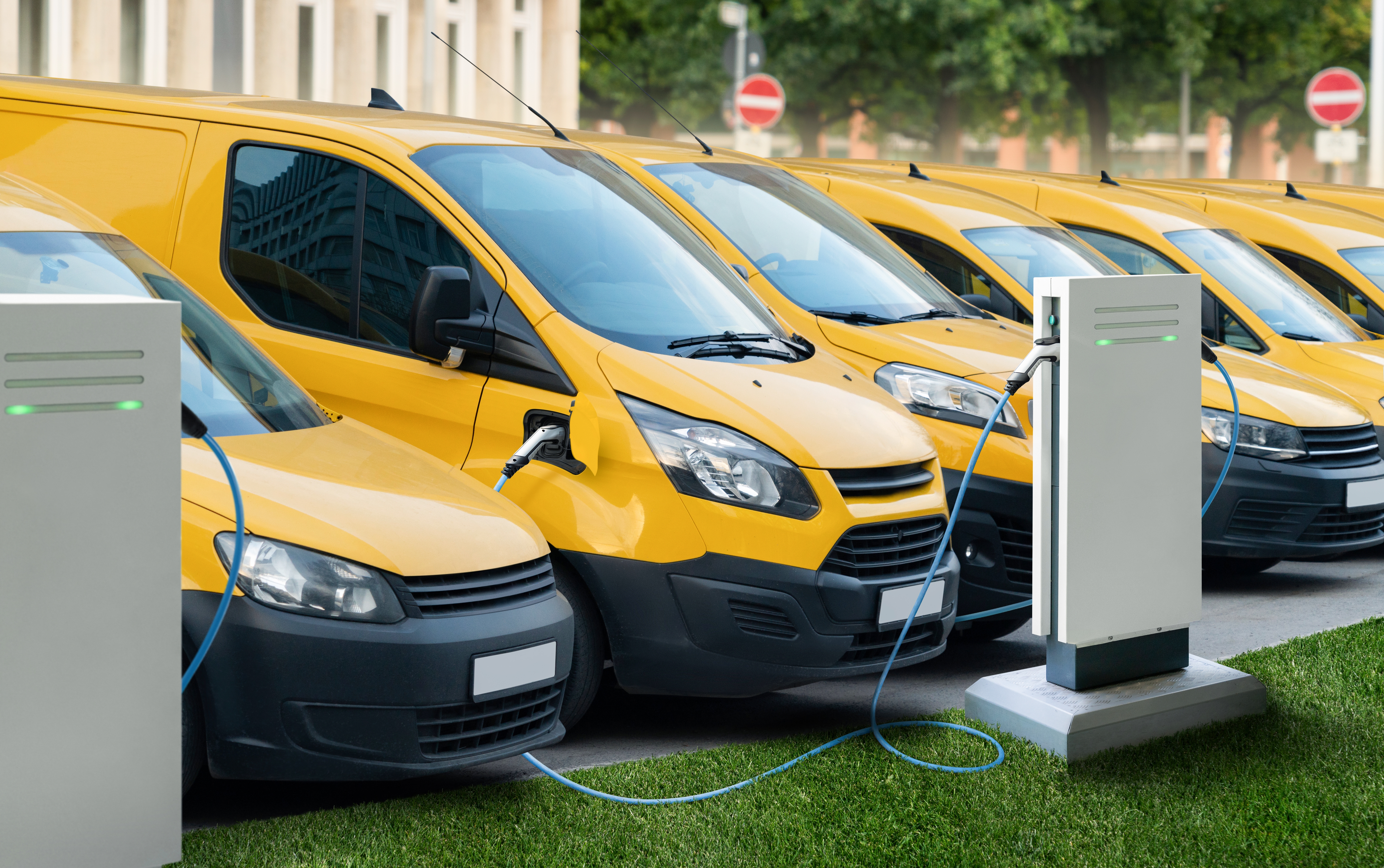
The pressure to transition to electric vehicles (EVs) from the traditional internal combustion engine (ICE) vehicles powered by petrol and diesel is real. The Government plans to cease production of new ICE vehicles in the next decade and apart from the environmental benefits of driving an EV, there are incentives and grants aimed at helping us with the process too. Like any big lifestyle change, there are pros and cons to driving an EV, and while ‘range anxiety’ is definitely an issue, the growing charging infrastructure of the UK means this is becoming less and less of an obstacle, and we are seeing an increasing number of green marks on registration plates in the UK, to signify another EV on the road.
But even if the moral incentive to switch to EVs and reduce our own carbon impact is strong, is there justification for that? And how do EV and ICE vehicles compare in the other things we most care about? We decided to take a closer look:
Cost to buy
There is no doubt that EVs currently cost more to buy than a comparable ICE vehicle. Currently you can expect to pay around a £7,000 mark-up for a comparable EV, but this is often the case with newly developed technologies and over time this levels out. Research into battery technology in particular is fast-evolving, so expect this cost to even out in the next few years. And of course, leasing an EV is much more cost-effective than buying an EV, because you are only paying for the depreciation cost faced by the leasing company, meaning the costs of leasing an EV and a comparable ICE are roughly the same.
Cost to run
While the unit cost of electricity and fossil fuels are volatile and always changing, recent years have been difficult for the motorist in this regard. Electricity rose 68% during the recent cost of living crisis, although the energy price cap helps to manage this, compared to a 13% rise in fuel prices over the same period. But if you were charging a regular 60 kWh EV battery overnight it would cost around £15 in electricity to achieve a 250-mile range (depending on the type of charger you have). In comparison, it can cost up to £100 to fill a tank of petrol, through which you can achieve between 200 to 400 miles depending on the type of driving and the miles per gallon spec of the car itself. Therefore, as a like-for-like miles per unit cost comparison, EVs are much cheaper to run.
Efficiency
Steady, smoother driving of either an EV or ICE will maximise the efficiency of the vehicle, but heavy braking of an ICE can use more fuel than is necessary. However, most EVs use regenerative braking, which is where kinetic energy takes the energy produced when braking and converts it into an energy that charges the battery. Some existing hybrid vehicles rely on this 100% for self-charging along with petrol, but most EVs also use this to supplement the battery free-of-charge, alongside regular chargeable charging.
Insurance
Insurance brackets for vehicles are numbered, with the lower number bracket being the least expensive. A Volkswagen Golf, for example, can sit in the insurance brackets between 7 and 27, depending on the age and experience of the driver, while a comparable EV model would sit in bracket 15. This means it is more expensive than some, but a lot cheaper than many others. The insurance costs of EVs have reduced significantly in recent years, as insurance companies accept that, risk-wise, they are largely comparable to ICE vehicles. In the next couple of years, it is expected that insurance costs will be the same for both types of vehicle.
Road tax
This is largely based on vehicle emissions and hence, an EV with zero emissions at the moment costs zero to tax. However, in April 2025 this is changing for the first time. Newly registered vehicles with emissions of zero to 50 g/km will pay £10 for a year’s road tax, and in year two this will increase to the standard charge of £190 per year. This is the same for zero emission vehicles registered between 2017 and April 2025. Zero emission vehicles registered between 2001 and 2017 will pay just £20 per year. There are no exemptions for ICE vehicles with emissions over 50 g/km, which effectively is all of them. Some ICE models can pay up to £2000 in road tax if they have emissions over 250 g/km.
Emissions
Naturally, EVs produce zero tailpipe emissions, which is their major attraction, while ICE vehicles can have tailpipe emissions that usually average around 150 g/km and can be much higher. However, in terms of sustainability a regular argument about EVs is the fact that their production does still have a negative environmental impact, due to the need to produce batteries and the power needed to manufacture the vehicle itself. The overall emissions of a Nissan Leaf, for example, are 130 g/km taking this whole lifecycle into account. In comparison, a Land Rover Discovery comes in at 356 g/km. If that is a quite extreme example of a 4-wheel drive, fuel-hungry ICE, then a much smaller Fiat 500 comes in at 293 g/km. So the battery production of an EV is still a relatively small carbon impact compared to the other unavoidable elements of vehicle production, whether an EV or ICE.
Maintenance
ICE cars do present more maintenance issues as they get older, albeit modern vehicles are much better made than older ones. EVs have fewer moving parts – no clutch or drive train for example – than ICE vehicles, and hence there is less that can go wrong and cause maintenance issues. Therefore, service costs are about the same – although some garages may not have the expertise to service EVs yet – but there should be fewer repair costs for EVs over time.
Contact Pink Car Leasing for information on EV leasing
If you are thinking of making the switch and leasing an electric vehicle, contact the experts at Pink Car Leasing and we can give you more information on the benefits of EVs, the benefits of car leasing and the best EV leasing deals on the market. Get in touch today.
Never miss a deal again
Sign up to our mailing list to receive the latest deals straight to your inbox!
Categories
More Articles

The Right Car, Right Now
The car we want and the car we need can change with our circumstances. Leasing gives you that flexibility.

Leasing An Electric Van: What UK Businesses Need To Know
Unsure about electric vans for your business? We tell you everything you need to know including the benefits and how to...

EV Leasing For First-Time Electric Drivers: What To Expect
As technology continues to develop and the demand for evs booms, we look at the benefits and considerations of leasing a...




























